A Beginner’s Guide to Vietnam for First-Time Travelers
Vietnam is a must-visit destination lately. It is rapidly becoming one of Asia’s most beloved travel spots, offering a blend of modern comforts and traditional culture. This guide for first-time travelers will provide essential information, covering everything from obtaining a visa to safety tips, common scams, budgeting, culinary delights, and insights into the culture and language. The following advice comes from Dustin Kemp, a long-time resident of Vietnam, sharing his top recommendations for making the most of your visit.
Having lived in Vietnam for a decade, I have watched countless tourists fall in love with its charm. However, I’ve also noticed that many first-time visitors, particularly those who are not seasoned travelers, often feel overwhelmed by the language barrier and cultural differences. This can hinder their enjoyment of Vietnam’s breathtaking scenery and well-developed tourist infrastructure.
This guide will explore every important aspect of traveling in Vietnam that beginners should know—from visa applications to navigating the country, as well as tips for avoiding scams. Along the way, I’ll share some of the reasons why I cherish Vietnam and why you are likely to feel the same.
Guest author Dustin Kemp is a culture enthusiast who fell in love with Vietnam ten years ago and has been living there, writing about Southeast Asia ever since.
Why Vietnam is a Unique Destination for Cultural Experiences
Vietnam is an exciting and often overlooked destination. With a population of around 100 million, including 52 officially recognized ethnic minority groups, the country boasts a rich cultural tapestry.
Vietnam’s history of foreign occupation has also influenced its culture significantly. The legacies of the Chinese, Japanese, French, and Americans can be seen in its unique customs, culinary traditions, and overall experiences.
The country is divided into three distinct regions: the misty mountains of Northern Vietnam, the rustic charm of Central Vietnam, and the sunny beaches of Southern Vietnam. Each region offers a unique variation of Vietnam’s captivating cultural experiences. If you’re anything like me (and I suspect you are if you’re reading this), you’re likely to create lasting memories filled with rich cultural encounters during your stay.
Obtaining Your Vietnam Visa
Your first consideration before traveling is securing your Vietnam visa. Fortunately, the process is straightforward. If you follow the steps carefully, you won’t need to deal with visa agents, embassies, or other intermediaries. Here’s what to do:
- Visit the official Vietnam e-visa application portal. Beware of scam websites that charge inflated processing fees or take your money without delivering a visa, so make sure to use the official link.
- Fill out the application form, which requires you to upload a passport-sized photo and a scan of your passport’s information page. The key details you must provide include your full name, passport number, entry and exit dates, and other relevant passport dates. Make sure everything is accurate, as mistakes will necessitate a reapplication. Note: If you have a middle name, it should be included in the “given name” field. For instance, someone named John Henry Doe should enter “Doe” as the surname and “John Henry” as the given name.
- Carefully review your information on the confirmation page to ensure it is correct.
- On the payment page, select your credit card type and input your payment details. Agree to the payment terms and submit your payment. Sometimes you may need to click the “pay now” button twice—look for a “processing” animation to confirm your payment is underway.
- After your payment, you will receive an email to the address you provided. This email will contain a confirmation code and a link to check your visa status in the Vietnam visa database.
- After 3–5 business days, return to the visa database using the link from the email. Enter the confirmation code along with your birth date and email address to check the status of your e-visa. If all entered correctly, your visa should be ready for download. Double-check that all details are accurate on your issued visa.
- Print your e-visa and keep a copy accessible for both your airline check-in and the immigration officer upon arrival in Vietnam.
Remember, there are several countries whose citizens do not require a Vietnam visa. However, most visitors, including those from India, Canada, and the USA, must apply for an e-visa as described above.

Arriving in Vietnam by Air
Vietnam has two main international airports: Noi Bai International Airport in Hanoi and Tan Son Nhat International Airport in Ho Chi Minh City. Choose Hanoi if your travels begin in the north, while Ho Chi Minh City is the starting point if you’re heading to the southern regions. From either airport, you can catch domestic flights to other major cities in Vietnam if you wish to start your journey elsewhere.
There are additional airports in Vietnam that have international capabilities, such as those in Da Nang, Nha Trang, and Phu Quoc. However, most of these only offer flights to a limited number of nearby countries, like China and South Korea, often at higher prices.
Transportation in Vietnam
One of my favorite aspects of traveling in Vietnam is how easy it is to get around, whether you’re moving just a few kilometers or traversing from city to city.
In the City
When navigating within the cities, I recommend two options: Grab and public buses.
The app Grab is an invaluable tool for city travel. It works much like Uber—simply enter your destination, and it detects your location via GPS. You’ll receive a fare estimate for either a car or a more affordable motorbike taxi.
The motorbike taxi option can accommodate only one passenger and no luggage, but it’s a fun experience if you’re traveling solo. The thrill of the wind in your hair as you zip through the city can be exhilarating, and Grab’s motorbike taxis are generally quite safe.
Grab cars and bikes typically cost less than traditional taxis and are a reliable way to avoid common taxi scams, which are quite frequent (more on that in the “avoiding scams” section later).
For a more authentic experience, consider using public buses in Vietnam. Google Maps can help you find accurate bus routes. Although buses might not strictly adhere to their schedules, they usually run frequently, so you won’t wait long.
When the bus arrives at your stop, hop on, pay the fare (always under 10,000 Vietnamese Dong, VND), and enjoy the diverse mix of fellow riders—from students with backpacks to elderly locals returning home with street food. While it’s less convenient than Grab, some of my most cherished cultural experiences in urban Vietnam occurred on public buses.
Between Cities
For intercity travel, you have four popular options: airplane, bus, train, and private car.
Domestic flights are the quickest method to travel between cities, though they can be pricier. Traveling by air in Vietnam is generally hassle-free, reminiscent of pre-TSA experiences in the USA. If price isn’t a concern, I recommend Vietnam Airlines for domestic flights, and Vietjet for more budget-friendly options.
The intercity bus services are astonishingly efficient and budget-friendly. Tickets are much cheaper than flying, and most sleeper seats allow you to recline fully. The highways are decent, so you can often catch some Z’s during the journey. Booking a night bus is a smart way to save on accommodation costs. My favorite site for finding intercity bus tickets in Vietnam is 12Go.
I also enjoy Vietnam’s national railway system. The North-South line services nearly every city you’ll want to visit. Though train travel takes almost as long as driving, the scenic views are breathtaking. Check out 12Go or the official Vietnam Railways site for train tickets.
Private transport can be the most convenient way to travel between cities and may even be cost-effective for larger groups. Utilize the Grab ride-hailing app to find private car options.
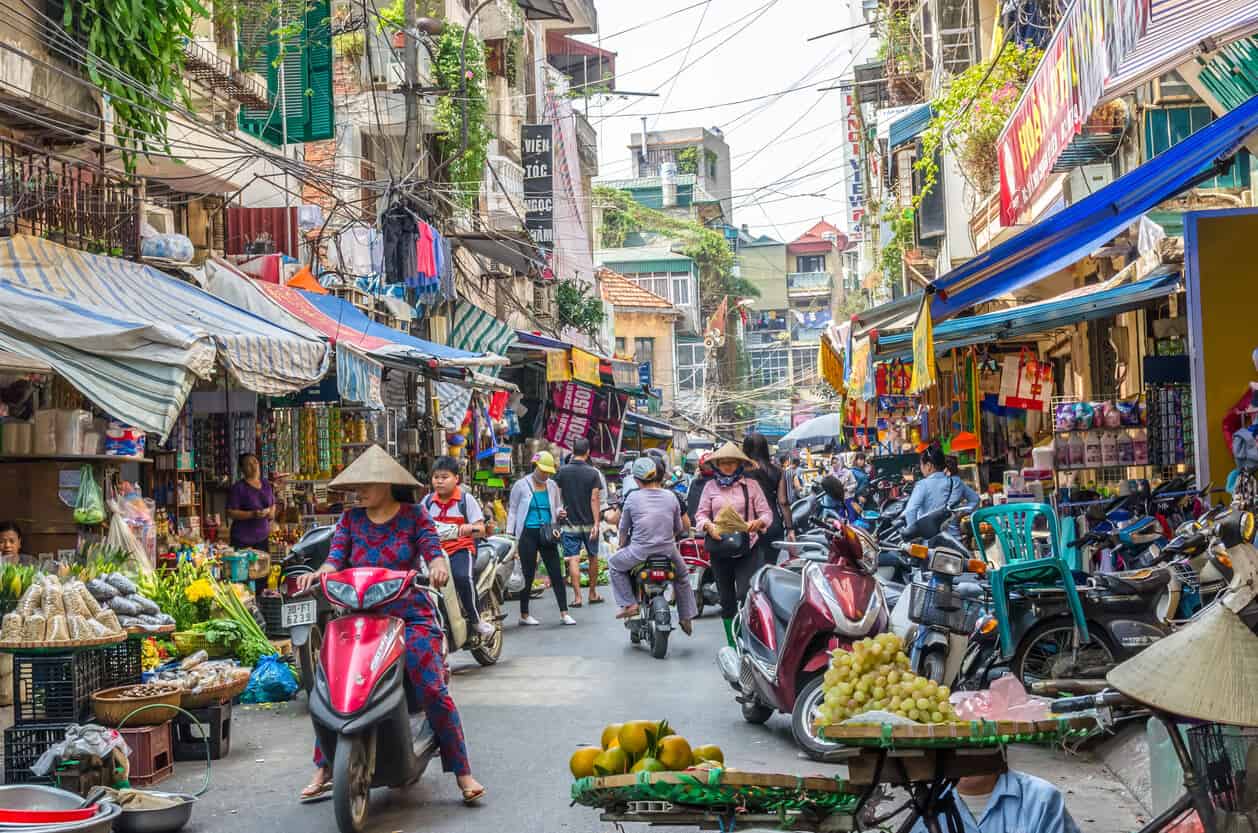
Handling Money in Vietnam
The currency used in Vietnam is the Vietnamese Dong, abbreviated as VND. Due to inflation, the currency is now only issued in denominations divisible by 1,000. Below is a list of currency denominations, bill colors, and their approximate values in USD:
| Bill Denomination | Bill Color | Approx. Value (USD) |
| 1,000 VND | White | $0.04 |
| 2,000 VND | White | $0.08 |
| 5,000 VND | White and Blue | $0.20 |
| 10,000 VND | Yellow, Red, Green | $0.40 |
| 20,000 VND | Blue | $0.80 |
| 50,000 VND | Pale Red | $2 |
| 100,000 VND | Green | $4 |
| 200,000 VND | Golden, Blue, Red | $8 |
| 500,000 VND | Teal | $20 |
As largely a cash-based economy, Vietnam only accepts credit cards in certain establishments, such as hotels, upscale restaurants, and convenience stores. Therefore, you will need to either withdraw cash from an ATM or exchange your currency for local Dong.
ATMs are abundant in Vietnamese cities, with some even available in rural areas, though it’s best to avoid those not affiliated with banks to protect against card-skimming scams.
Most Vietnamese ATMs accept Visa or Mastercard. Unfortunately, many banks charge high fees for withdrawals from foreign ATMs. If you’re fortunate enough to have a card that avoids such fees (like the Charles Schwab Bank card in the US or the Niyo Global Card in India), that would be an excellent option.
You could also consider applying for a Wise ATM Card before your trip. You can load it with your local currency, then switch to VND while in Vietnam, allowing you to use it like a Vietnamese ATM card. You can even convert leftover funds back to your home currency after your trip, which is my preferred way to handle money abroad.
For the best exchange rates, try to exchange cash for VND before your departure. If you’re already in Vietnam and need to exchange cash, use Google Maps to locate a highly-rated money exchange service. Choose a shop with a substantial number of reviews (at least 50) rather than relying solely on high ratings based on a small number of opinions.
As a guideline, I suggest exchanging the equivalent of 65 USD per day per person to cover hotels, meals, transportation, and activities for a mid-range traveler. Your actual spending may vary based on your preferences.
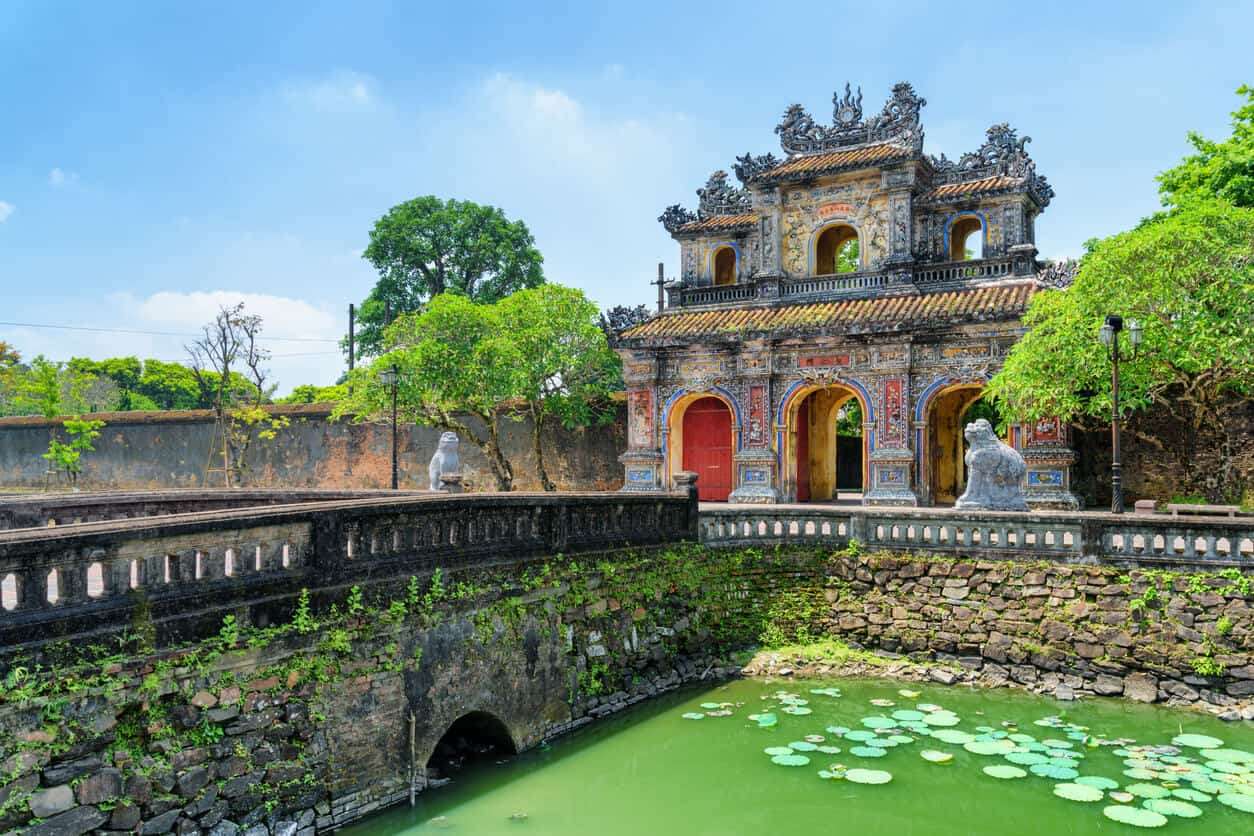
How to Find Tours in Vietnam
My top advice for finding tours in Vietnam is simple: avoid international booking websites like Tripadvisor. These platforms often present overpriced and inauthentic activities. This advice is particularly crucial in Vietnam, where fake reviews can be prevalent in the travel industry.
Instead, seek local tour operators with a solid online presence. Although it may require some searching through Google results, looking up “[your destination] tours” will yield satisfactory local options.
The best tours will typically have positive reviews from independent sources without any apparent financial incentives, such as a blog from a traveler who visited Vietnam. Positive reviews on the tour company’s website should be taken with caution, as they can be manipulated or coerced.
Exploring Vietnam Independently
If you’re adventurous, I recommend exploring Vietnam independently for at least part of your trip. You can start with a guided tour and, once you’re more comfortable, venture out on your own. The stunning landscapes and exceptionally friendly locals provide ample opportunity for memorable experiences without a guide.
In my opinion, Vietnam’s cities are more approachable for self-exploration than those in most other Southeast Asian countries for several reasons:
- Transportation is easily navigable, as previously discussed.
- Google Maps is highly accurate in Vietnam, successfully identifying addresses even in semi-rural areas.
- Tourist infrastructure surrounding popular attractions is well-developed.
- Businesses and attractions are usually located near each other, making walking a feasible way to explore.
Traveling between cities is also straightforward, as mentioned in the transportation section.
Expeditions outside the city are made easy by Vietnam’s comprehensive highway system. Renting a motorbike can enhance your experience and prove advantageous for self-guided exploration, which I’ll discuss further in the next section.
Lastly, remember that Google Maps and Google Translate are your best companions while exploring solo. Very few people outside urban areas speak English fluently, and rural attractions can be spaced out compared to urban settings. However, with a little effort and the help of friendly locals, you’ll find all the noteworthy spots without much difficulty.
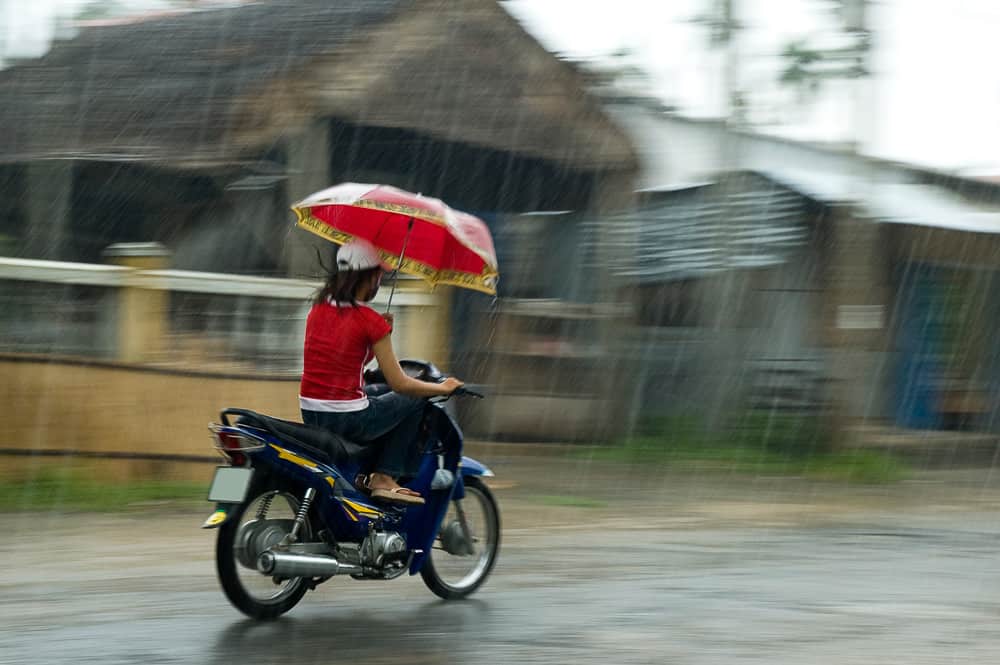
Riding a Motorbike in Vietnam
The prospect of renting a motorbike may seem daunting, but once I took the plunge, I realized it felt much like riding a heavy bicycle. Within minutes, I was comfortable navigating the streets and even practiced before heading out. Prior scooter or motorcycle experience can be beneficial.
Most motorbike rental shops do not require a license, but for legal purposes and to ensure coverage under international travel insurance, it’s advisable to obtain an international driver’s license before your trip. The process for securing one is uncomplicated, and travel insurance is highly recommended.
Safety in Vietnam
Despite its tumultuous past, Vietnam is remarkably safe for travelers, including solo female adventurers and families. Violent crime is virtually non-existent, even in major cities like Ho Chi Minh and Hanoi. Of course, common sense is essential—avoid wandering through dark alleys alone at night and refrain from flaunting cash. Overall, you’ll find Vietnam to be safer than many other countries.
While petty crime like pickpocketing does exist, it is relatively uncommon and can be easily avoided by exercising caution. Here are some tips to ensure your safety:
- Avoid using your phone on the street unless it’s secured—consider using a neck strap. If you must use your phone, position yourself away from the street.
- Keep your wallet in your front pocket or use a zippered money pouch around your wrist.
- Avoid showcasing wealth, such as wearing expensive jewelry or clothing. Even if valuables aren’t stolen, appearing affluent can draw unwanted attention from thieves.
Food safety is an important consideration in Vietnam, but if you take precautions, you can avoid illness. Stick to eateries that are busy or where you can observe food preparation. Watch out for unsanitary practices, such as vendor staff handling money and food without washing their hands.
Here are my top three food safety tips for Vietnam:
- Steer clear of places lacking refrigeration for perishable food items.
- Refrain from eating raw vegetables. Generally, restaurants will boil them for you on request, using the phrase rau chọn.
- When offered free iced tea with your meal, ask for it without ice: không đá. Ice may be made from unfiltered tap water. A small amount likely won’t harm you, but it could lead to illness if it melts and you consume the resulting water.
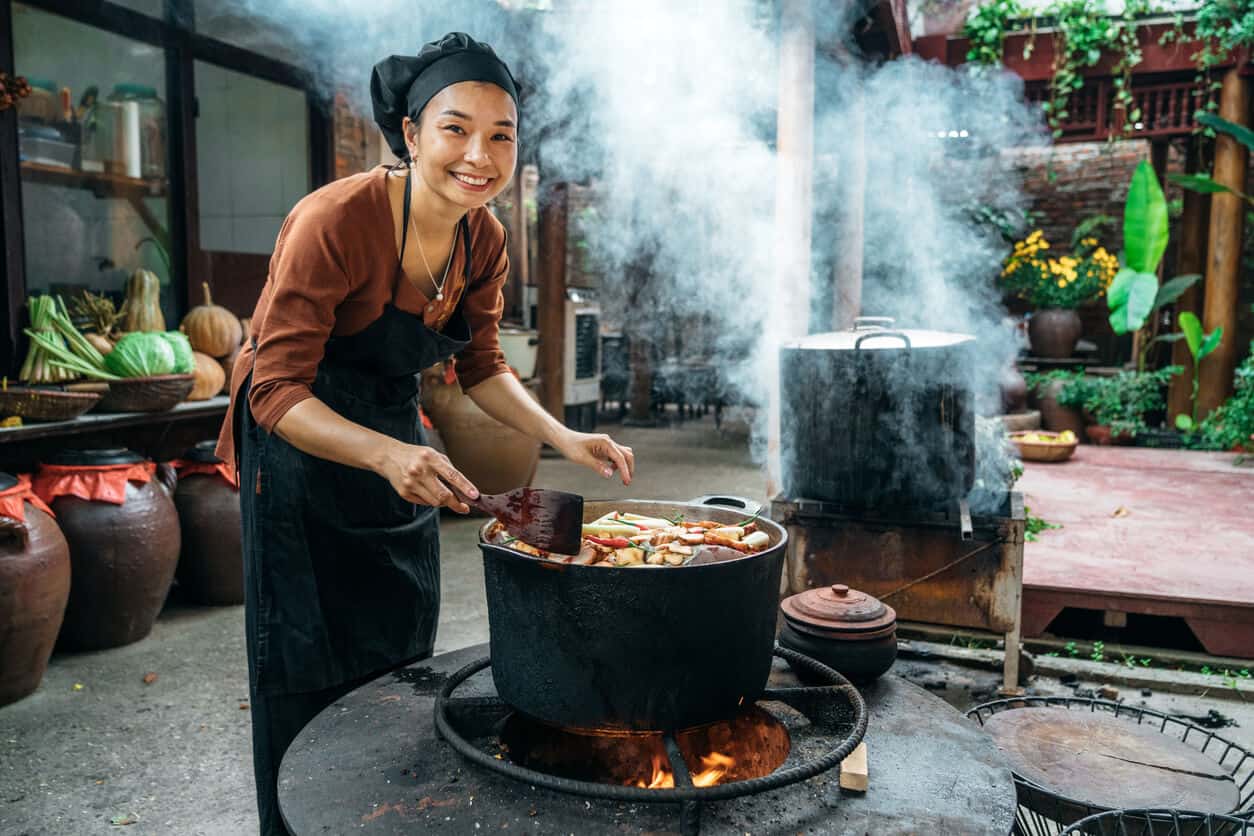
Obtaining a SIM Card in Vietnam
I often advise travelers to use Google Fi for its convenience, and it does work in Vietnam. However, since mobile plans in Vietnam are incredibly affordable, I’d suggest purchasing one locally if your stay exceeds a week. For example, I get a plan with 4GB of data and 60 minutes of calling per day for just around 4 USD per month.
Securing a tourist SIM card is straightforward at any international airport in Vietnam, with multiple vendors available right after you clear customs. The leading providers are Mobifone and Viettel, and you’ll also find authorized retailers selling tourist SIMs.
If you prefer a SIM that can be topped up, visit a store of a local Vietnamese mobile carrier (which are plentiful in major cities) and present your passport. Representatives typically have basic English skills and will assist you with installation and plan selection.
Avoid purchasing a SIM card at unofficial locations to prevent scams.
Spotting and Avoiding Scams in Vietnam
Scams are a prevalent concern for tourists in Vietnam, similar to petty crime, but they can be avoided. Below are some common scams and tips on how to steer clear of them.
Taxi Scams
The Scam: A taxi or motorbike driver may take a longer route or overcharge you for the fare.
The Solution: Use ride-hailing apps like Grab or Xanh SM for safe and fair pricing, just as you would use Uber.
Overcharging
The Scam: Vendors may overcharge you for items or meals without providing a clear price beforehand.
The Solution: Only buy items with displayed prices, such as clothing at markets or food items.
Shoe Shining Scams
The Scam: A street person may offer shoe shining services and then demand an exorbitant fee.
The Solution: Politely decline their services and don’t feel guilty about being assertive if they persist.
Photo Scams
The Scam: A street vendor may offer to take a photo with you but then try to charge you an outrageous amount.
The Solution: Firmly refuse to pay any fee you didn’t agree to beforehand, especially if it seems excessive.
“Imposter” Businesses
The Scam: A lower-quality business may adopt a name similar to a reputable brand, providing poor service to unsuspecting customers. For instance, “Mai Linh” is a legitimate taxi company, while “Mai Lin” is not, and such mismatch is common in Northern Vietnam.
The Solution: Carefully check the names and spellings of any establishments you decide to use.
Reasons to Visit Vietnam in 2024
For 30-40 years following the end of the Vietnam War in 1975, the country grappled with significant poverty and an underdeveloped tourism infrastructure, inhibiting positive visitor experiences.
Since around 2010, tourism infrastructure has evolved significantly. We’ve now reached a unique point where Vietnam has developed enough to provide memorable travel experiences without sacrificing its authentic culture or natural beauty. In essence, visiting Vietnam now may offer travelers a once-in-a-lifetime experience.
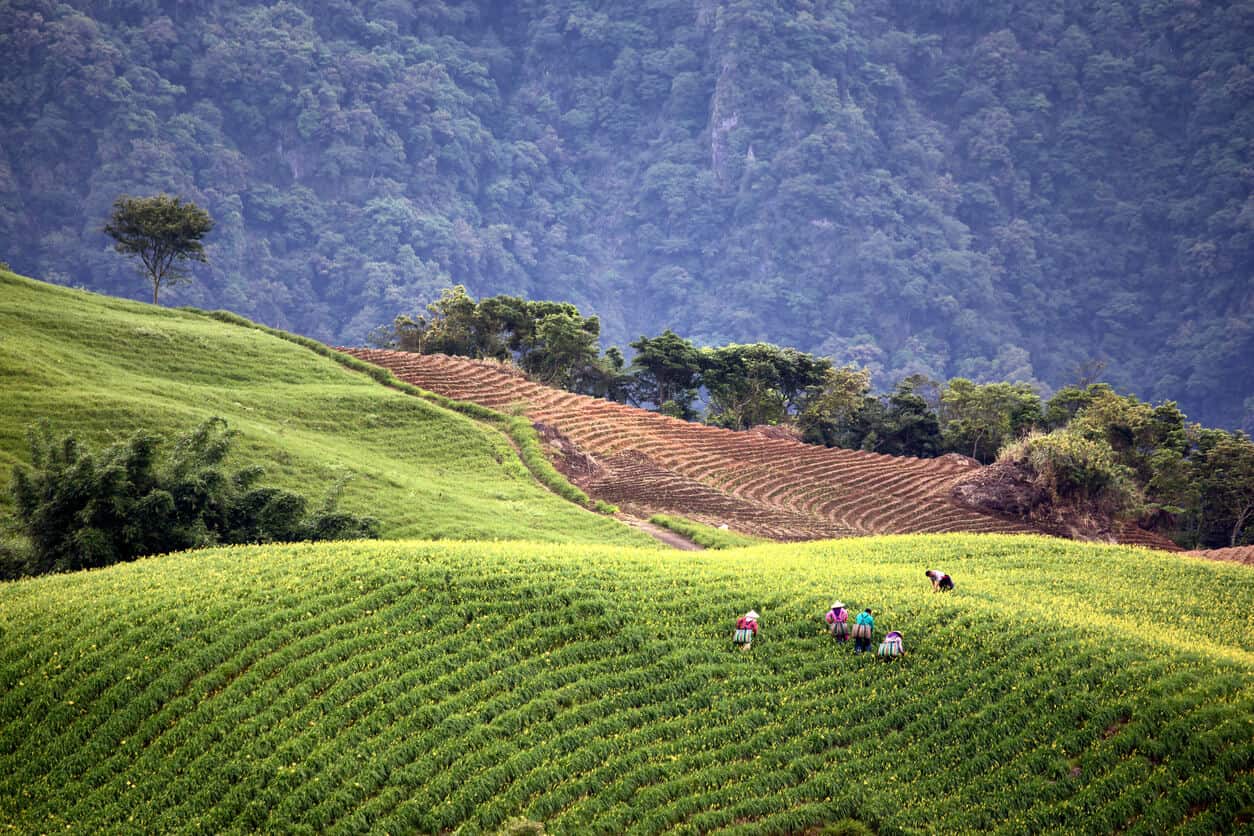
Frequently Asked Questions for Beginners Traveling to Vietnam
Is traveling to Vietnam worth it?
Absolutely! Vietnam is my favorite country to visit in Southeast Asia. It strikes a balance between modern tourism infrastructure and the preservation of its natural beauty, all while being extremely affordable.
What are the best places to visit in Vietnam?
Northern Vietnam features popular tourist sites like Hanoi, Sapa, Ninh Binh, Ha Long Bay, and Ha Giang.
In the south, destinations like Ho Chi Minh City, Vung Tau, Phu Quoc, Mui Ne, Da Lat, Nha Trang, and the Mekong Delta are great for those seeking tropical experiences.
Central Vietnam remains the least explored, showcasing stunning landscapes in spots like Da Nang, Hue, Hoi An, and Phong Nha.
Is Vietnam safe for solo female travelers?
Yes, Vietnam is a safe destination with minimal violent crime and a culture that respects and empowers women. The friendliness of the locals and their willingness to practice English makes Vietnam a welcoming place for solo travelers.
How long should I spend in Vietnam?
This depends on how much ground you wish to cover, but I recommend spending at least a week in each region (North, Central, or South) you plan to explore. If you’re short on time, opting for a concise package tour covering the entire country could be beneficial.
What dishes should I try in Vietnam?
Classic favorites include phở, bánh mì, and bánh xèo, which you are likely to find quickly. Most Western tourists also enjoy bún thịt nướng (vermicelli noodles with BBQ pork), bún chả (vermicelli with grilled meats in broth), and chả giò (fried spring rolls).
The best way to discover local Vietnamese cuisine is by joining a street food tour that introduces you to lesser-known delicacies.
Read: Street foods of Vietnam that you must try
How much does it cost to travel in Vietnam?
Traveling in Vietnam is very economical. You can easily manage city travel for around 50 USD per day, including accommodation, if you opt for self-guided tours. Traveling between cities is also budget-friendly.
What is the weather like in Vietnam? When is the best time to visit?
Weather varies across Vietnam, and it’s advisable to consult a weather guide for specific locations. However, generally speaking, the best times to visit are:
- Southern Vietnam: December to May.
- Central Vietnam: February to August.
- Northern Vietnam: March to April or September to November.
Vietnam can also serve as a good destination during the monsoon season.
Should I learn any Vietnamese before visiting?
Yes, knowing a little Vietnamese can be beneficial and is usually appreciated by locals who may even offer better deals. Nevertheless, if you stick to the larger cities, you’ll find navigating without the language is easier than in many other countries.
What is the healthcare system like in Vietnam?
Healthcare in Vietnam is not top-tier, and facilities that accommodate tourists can be expensive. It’s wise to address your healthcare needs before you travel. If you require medical services during your stay, neighboring countries like Thailand and Singapore offer high-quality healthcare services that surpass what Vietnam provides.
Where is the ideal starting point for a trip to Vietnam?
Your best options are either Hanoi in the North, known for its English fluency, or Ho Chi Minh City in the South, which feels more culturally akin to many Western nations.
If you enjoyed this post, consider subscribing.
Sign up for our Dispatches in the sidebar, and follow Breathedreamgo on all social media platforms including Instagram, Facebook, Pinterest, and Twitter. Thank you!



